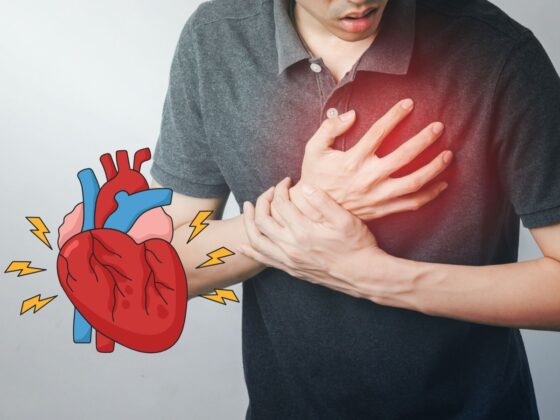Autopsy Tissue Analysis Shows Widespread Presence of SARS-CoV-2 Virus in the Body
In a significant breakthrough in COVID-19 research, the US National Institutes of Health (NIH) has conducted an analysis of autopsy tissue samples, providing crucial insights into how the virus affects the human body. The study uncovered that the SARS-CoV-2 virus spreads extensively throughout the body, including the brain, shedding new light on its pathogenic behavior.
The NIH researchers examined tissue samples obtained from autopsies conducted between April 2020 and March 2021. In 11 of the cases, an in-depth examination of the nervous system, including the brain, was performed. Notably, all the individuals included in the study had succumbed to COVID-19 and had not been vaccinated against the virus.
Among the patients, 38 showed positive results for SARS-CoV-2 in their blood plasma, while three tested negative, and for three patients, plasma samples were unavailable for analysis.
Extended Duration of Viral Persistence Raises New Concerns and Insights
Furthermore, the study highlighted that 27 of the patients (61.4%) had three or more comorbidities, underscoring the increased vulnerability of individuals with pre-existing health conditions. The average interval from symptom onset to death was found to be 18.5 days.
The researchers’ analysis demonstrated that while the virus primarily targeted and damaged the airway and lung tissues, it was also detected in 84 distinct body locations and bodily fluids. In one particular case, viral RNA was even isolated 230 days after the onset of symptoms, indicating a prolonged presence of the virus in the body.
These groundbreaking findings not only provide valuable insights into the extensive spread of the SARS-CoV-2 virus but also raise new concerns regarding its persistence within the human body. Further research is crucial to better understand the long-term consequences of COVID-19 and its impact on various organs.
As the scientific community continues to explore the intricacies of the virus, these discoveries serve as a reminder of the importance of comprehensive measures to prevent COVID-19 transmission and the urgent need for vaccination to protect individuals from its potentially devastating effects.











